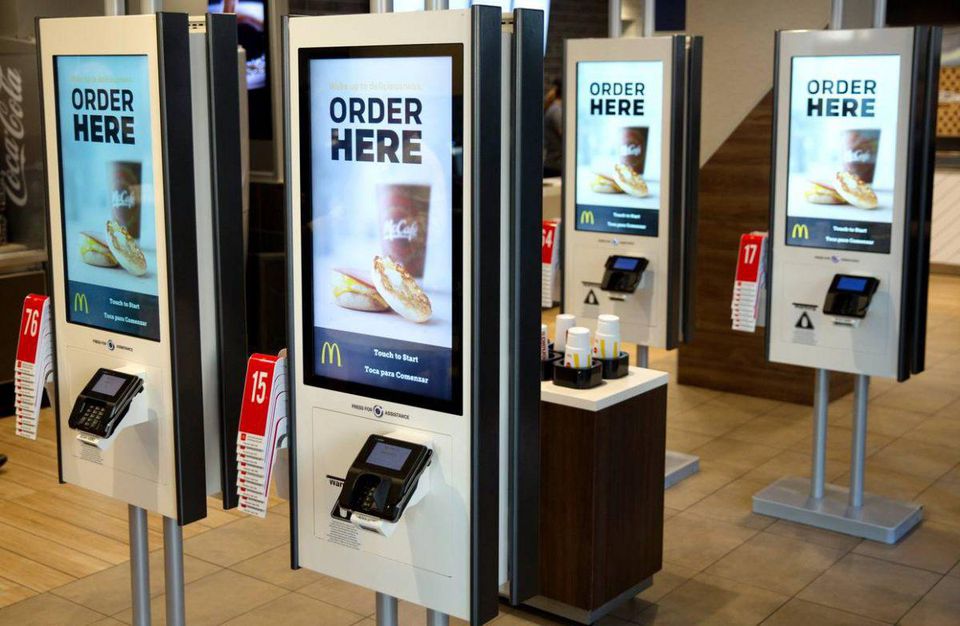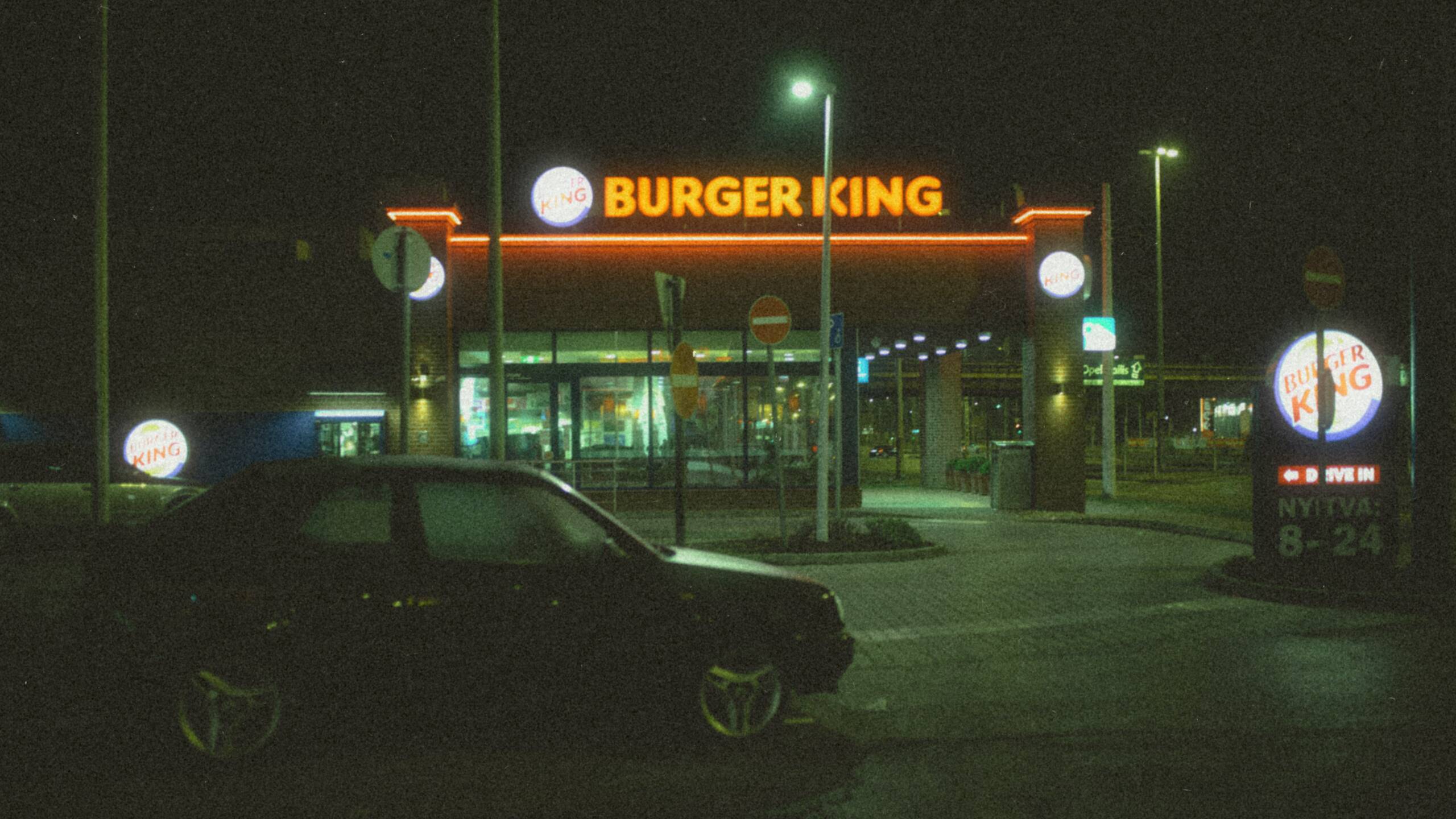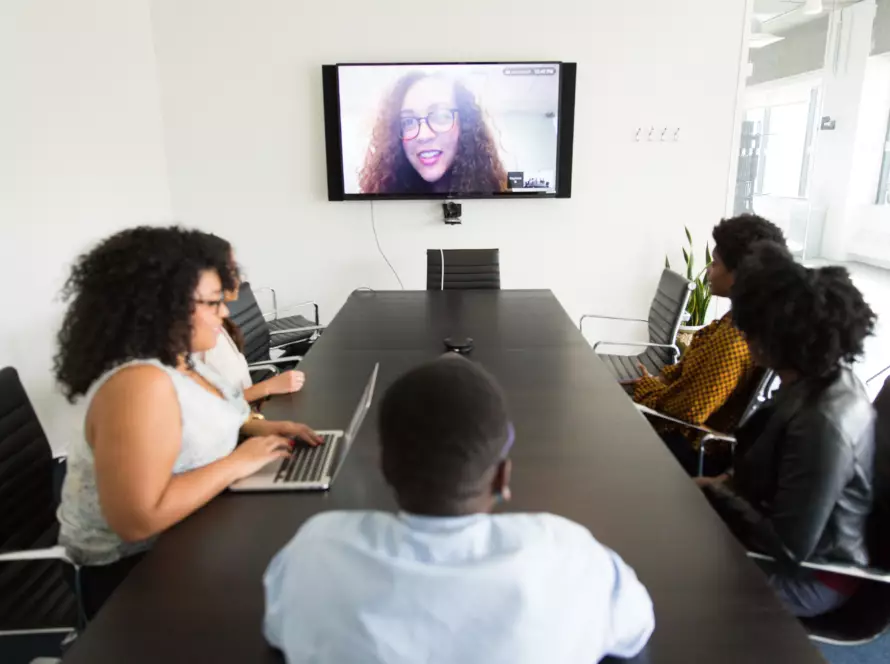When it comes to revolutionising sales with technology, the hospitality industry can always count on the fast-food market as one of the forerunners.
Fast-casual restaurants are ever-ready to prove how new techniques are gaining traction with a growing customer base. From warming lights to mobile ordering to conveyor belts in the kitchens, they’re trying everything within reason and are getting a lot of press for the trouble. However, one thing that most people don’t realise is that the fast-food industry actually digitised much earlier than most service venues through one thing that has been overlooked for years: digital menu boards. These big glowing screens display a menu that can’t fade, smudge, or steam up on particularly hot or cold days. They can be updated regularly and tweaked for readability in each individual store. However, as more interactive technology rolls out, people have accepted these digital menus as a matter of course instead of a clear sign of early digital transformation in the fast-food industry.

The Changing of the Cards
Not every fast food location has updated to digital menus, so you can still go out and find examples of the old printed kind. These are made up of huge colorful sheets of glossy cardboard slipped into plastic-protected picture frames mounted high above the heads of your friendly fast food cashier. Sometimes, the cards are backlit by lights to help illuminate your options. Every time a franchise or location wanted to make a menu change, someone had to climb up there, pull the old cards down, and put the new cards in place.
Of course, it could be worse. We’ve all been in at least one fast food location where they hadn’t changed those cards since the place was founded. In these cases, we often see sun and kitchen-steam faded menus with the corners curling up inside, and often in spite of their plastic frames. All of this poses some very good reasons to seek a change to something new, easier to see and much more efficient to update.
Deciding to Go Digital
No high-volume business like a fast food restaurant wants to try something until it’s been thoroughly tested, and even then they’d rather be the third or fourth location to integrate the idea, just in case the first few crash and burn ahead of them. According to Epicure Digital, the actual first brave location to set up digital menus was a place called World Links in LA, done with TV monitors in 1992, so fortunately that early introduction was taken care of a surprisingly long time ago. Now, it’s simply a matter of choosing your screen technology, and the software you plan on using to display and update your menu.
Setting Up the Screens
When the screens arrive, it’s time to take down those big cards (and their frames) one last time. While it would make a great ritual to burn the cards afterward, most places probably keep them around ‘just in case’ for the first few weeks while they break in the screen technology. An interview with QSR Magazine reports that business owners find the biggest challenge is not the screens themselves, but the mastering the management and update software. It may take a few days to a few months to work out the bugs for making changes, but customers will be surprised and delighted just to have glowing, easy to read menus.

Fast food was always going to modernise in this way, though many of us didn’t know that back in the early 90s when an LA ‘quick service’ restaurant first hung up a row of CRTs listing menu items. As evidenced by this legendarily early adopter, the fast-food industry is leaps and bounds ahead of most other retail shops, now braving the new world of flat screens and smart-everything. While it’s hard to say where the cutting-edge of digital transformation will take us in the future, we can be sure that the fast-food industry will continue to surprise is with agile adaptation to new technologies.
—
Digital features have always been a part of commercial venues. In Post-COVID business, high-tech presentation is more important than ever. Drive throughs and lit menu boards from LED backlights or digital boards is essential for serving the public at a safe distance. Contact us for revolutionary digital marketing ideas that will keep your business on the cutting edge of today’s digital transformations and marketing tactics.

